For appointments, call (225) 292-6991. Serving Baton Rouge, Gonzales, Denham Springs, and New Roads
What Is Tooth Spacing?
Tooth spacing refers to the gaps or spaces between teeth. These spaces can occur naturally or as a result of specific dental conditions. Proper tooth spacing allows for easier cleaning between teeth, reducing the risk of cavities and gum disease. It also ensures that teeth are aligned correctly, which is crucial for proper bite function.
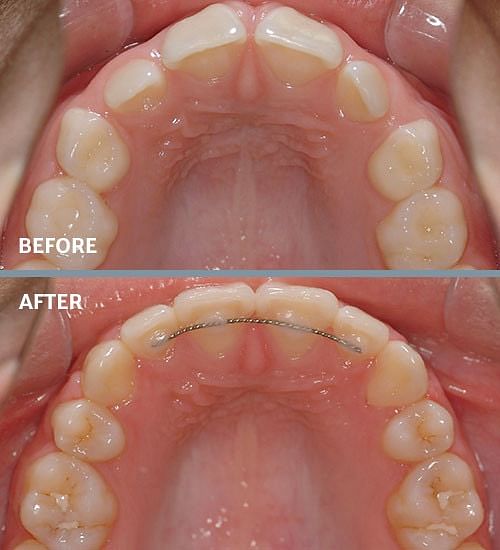
Common Causes of Tooth Spacing Issues
Several factors can contribute to tooth spacing issues. Understanding the cause of spacing problems is the first step in determining the most effective treatment
Genetics
Some people naturally have larger jaws and smaller teeth, leading to gaps between the teeth. This genetic factor often results in spacing issues that can be addressed through orthodontic treatment.
Missing Teeth
When a tooth is missing due to extraction, trauma, or congenital absence, the surrounding teeth may shift, creating gaps. This type of spacing can lead to bite problems and uneven wear on the remaining teeth.
Thumb Sucking or Prolonged Pacifier Use
These habits during childhood can push teeth forward, creating spaces between them. The earlier these habits are addressed, the easier it is to correct the spacing.
Periodontal Disease
Gum disease can cause the loss of bone around teeth, leading to gaps as the teeth become loose and shift. Treating gum disease is crucial before addressing any spacing issues.
Dental Crowding
While this may seem counterintuitive, sometimes the lack of space for all teeth can cause them to shift, leading to the appearance of gaps or uneven spacing.
The Importance of Correcting Tooth Spacing
Addressing tooth spacing is not just about aesthetics; it is also crucial for overall oral health. Properly spaced teeth are easier to clean, reducing the risk of plaque buildup, cavities, and gum disease. Additionally, correcting spacing issues can improve bite alignment, which is essential for proper chewing and speaking.
Without treatment, tooth spacing problems can lead to more severe issues over time. Gaps can cause teeth to shift further, leading to a misaligned bite. This misalignment can result in jaw pain, difficulty chewing, and even temporomandibular joint (TMJ) disorders.
Treatment Options for Tooth Spacing
Fortunately, several effective treatment options are available to correct tooth spacing issues. The right treatment depends on the cause and severity of the spacing.
Traditional Braces
Traditional braces are a common and effective solution for correcting tooth spacing. Braces use brackets and wires to gradually move teeth into the correct position, closing gaps and ensuring proper alignment. Braces are suitable for both children and adults, although treatment duration may vary depending on the individual case.
Clear Aligners / Invisalign®
Clear aligners, such as Invisalign, are a popular alternative to traditional braces. These removable, transparent trays are custom-made to fit over the teeth and gradually shift them into place. Clear aligners are a discreet option for those who want to avoid the appearance of metal braces, and they offer the convenience of being removable for eating and cleaning.
Dental Bonding
For minor spacing issues, dental bonding may be an option. This procedure involves applying a tooth-colored resin to the teeth, filling in small gaps and improving the overall appearance. Dental bonding is a quick and cost-effective solution, but it may not be suitable for more severe spacing problems.
Veneers
Veneers are thin, custom-made shells that cover the front surface of the teeth. They can be used to close gaps and improve the appearance of unevenly spaced teeth. Veneers are a more permanent solution than dental bonding and can provide long-lasting results.
Orthodontic Appliances
In some cases, additional orthodontic appliances may be used alongside braces or clear aligners to help correct spacing issues. These appliances can include palatal expanders, which widen the jaw to create more space for teeth or retainers to maintain the results after treatment.
Dental Implants or Bridges
When tooth spacing is caused by missing teeth, dental implants or bridges may be necessary to fill the gap and restore proper spacing. Implants involve placing a titanium post into the jawbone, which acts as a replacement root for a missing tooth. A crown is then placed on top of the implant to fill the gap. Bridges, on the other hand, use adjacent teeth to support a false tooth, filling the space left by the missing tooth.
Other Common Treatments
Proper tooth spacing is essential for maintaining a healthy and attractive smile. When teeth are evenly spaced, they contribute to better oral health, improved function, and enhanced aesthetics. However, many people struggle with issues related to tooth spacing, which can lead to various dental problems if left untreated.
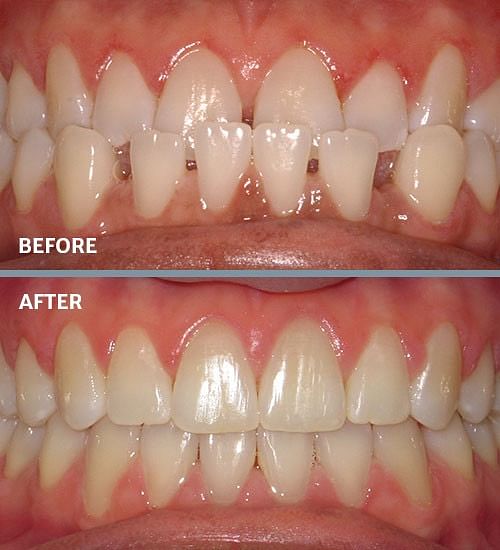
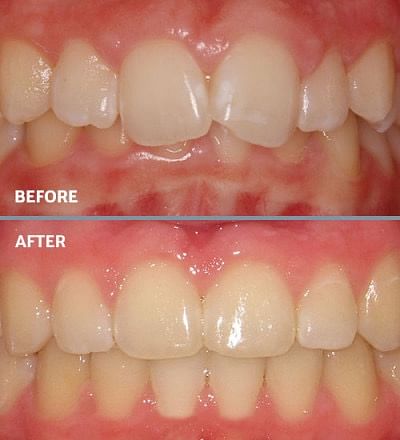
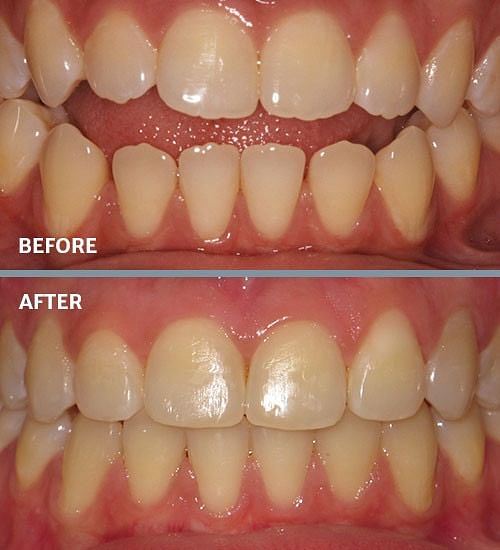
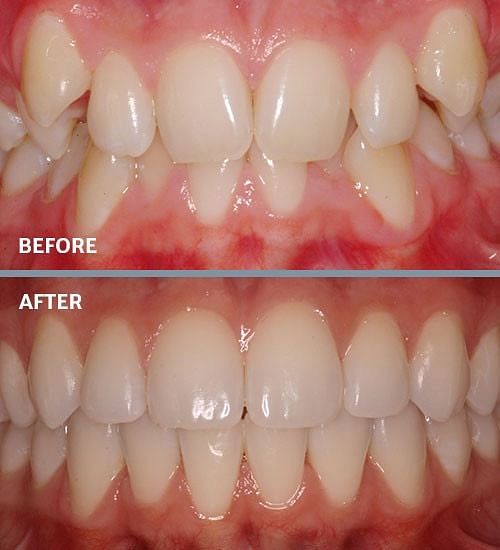
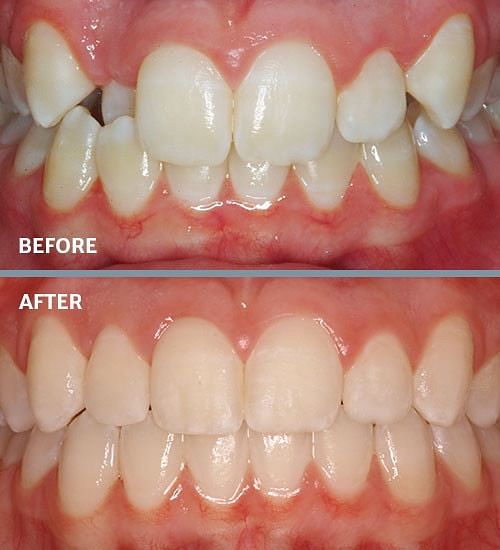

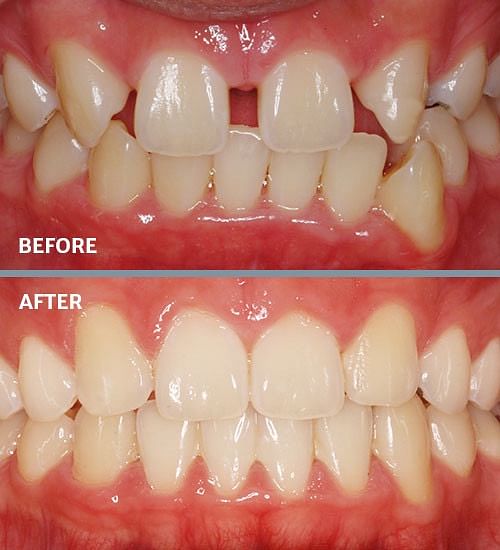

Why Choose Frugé Orthodontics?
30+ years
of providing care
4 locations
in Louisiana
At Frugé Orthodontics, we understand the importance of properly spaced teeth for a healthy and beautiful smile. Our team of experienced orthodontists is dedicated to providing personalized care to address your unique tooth spacing concerns. Whether you need braces, clear aligners, or another treatment option, we have the expertise and technology to help you achieve the best results.
Don't let tooth spacing issues affect your oral health or confidence. Contact Frugé Orthodontics today to schedule a consultation and learn more about our comprehensive tooth spacing services.
Our Patients Love Us!
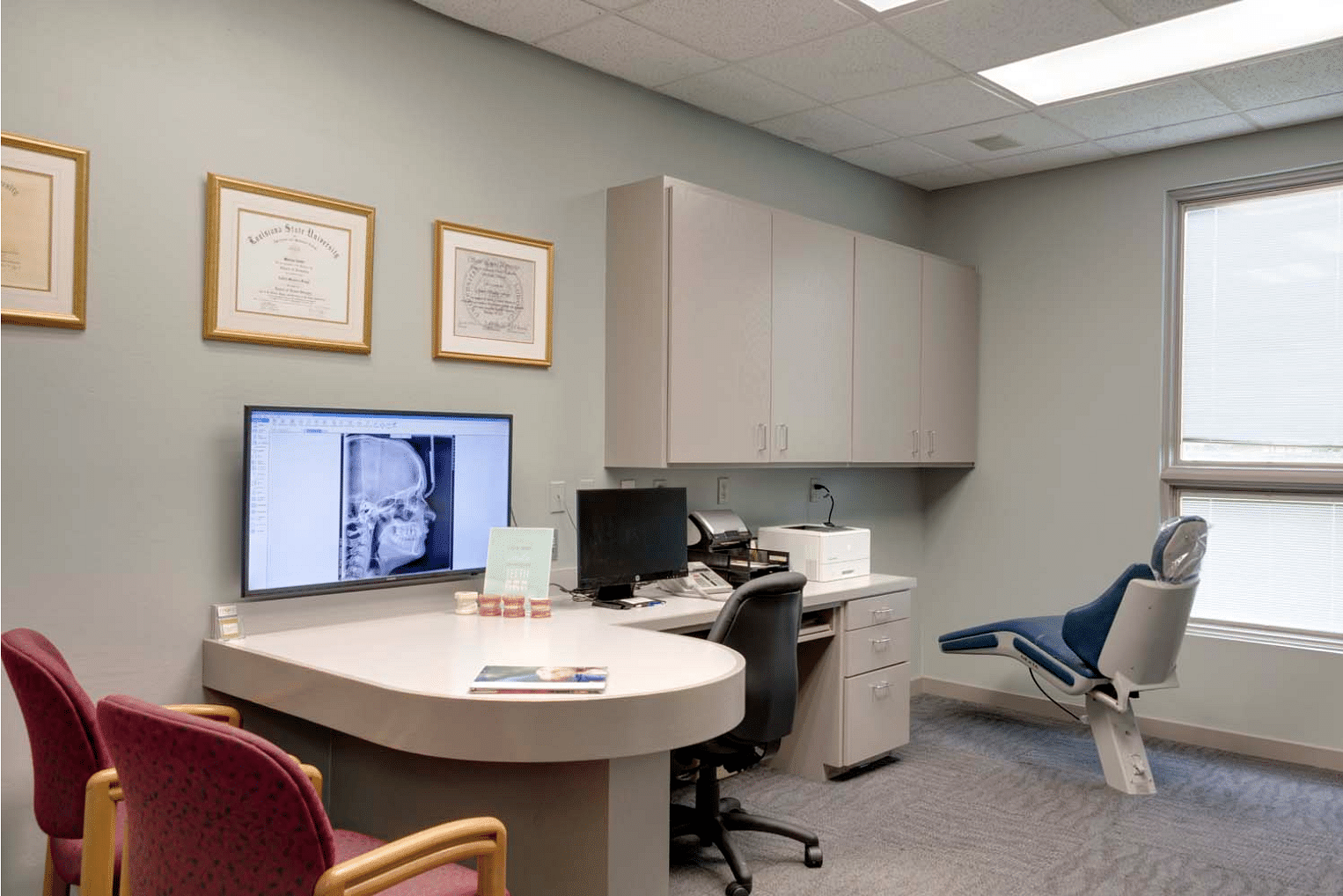
Book Your Complimentary Consultation Today!
We’ll answer all of your questions, provide a personalized treatment plan, and work with your insurance and finances to find a solution that works for you. Ready to schedule your complimentary consultation with our orthodontists? Request a callback and we’ll reach out at a time that works best for you.
We're Active in the Community







Follow Us On Social